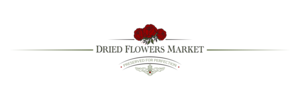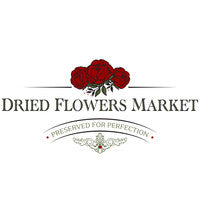Description
COMMON NAME Standardized: linden flowerOther: European linden, European lime tree, tilia
BOTANICAL NAMETilia europaea L. Plant Family: Tiliaceae
OVERVIEWThe Linden flower tree is found in both Europe and North America. There are many folktales concerning linden across Europe. One of the most radical is of Celtic origin that states that if you sit under the linden flower tree you will be cured of epilepsy. In Roman and German folklore, the linden tree is seen as the "tree of lovers", and Polish folklore tells that the wood is good protection against both the evil eye and lightning. Linden blossom have been used to make a variety of items including herbal teas and a base for perfumes, as well as being known for producing tiny aromatic flowers that attract many bees that in turn produce a wonderful honey.
CONSTITUENTS About 1% antioxidant flavonoids including hyperoside, quercitrin, myricetin galactoside, kaempferol, kaempferol glycosides including astragalin and its 6-p-coumaric acid ester tiliroside), myricetin and quercetin glycosides. Linden flowers also contain approximately 10% mucilage largely comprised of arabino-galactans; proanthocyanidins; caffeic, chlorogenic and p-coumaric acids, eugenol, and geraniol.
PARTS USED Linden Flower and Leaf
TYPICAL PREPARATIONS Mostly used as a Tea. Can be taken in both extract and capsule form.
PRECAUTIONS Specific: No known precautions.
General: We recommend that you consult with a qualified healthcare practitioner before using herbal products, particularly if you are pregnant, nursing, or on any medications.
For educational purposes only This information has not been evaluated by the Food and Drug Administration.This information is not intended to diagnose, treat, cure, or prevent any disease.

